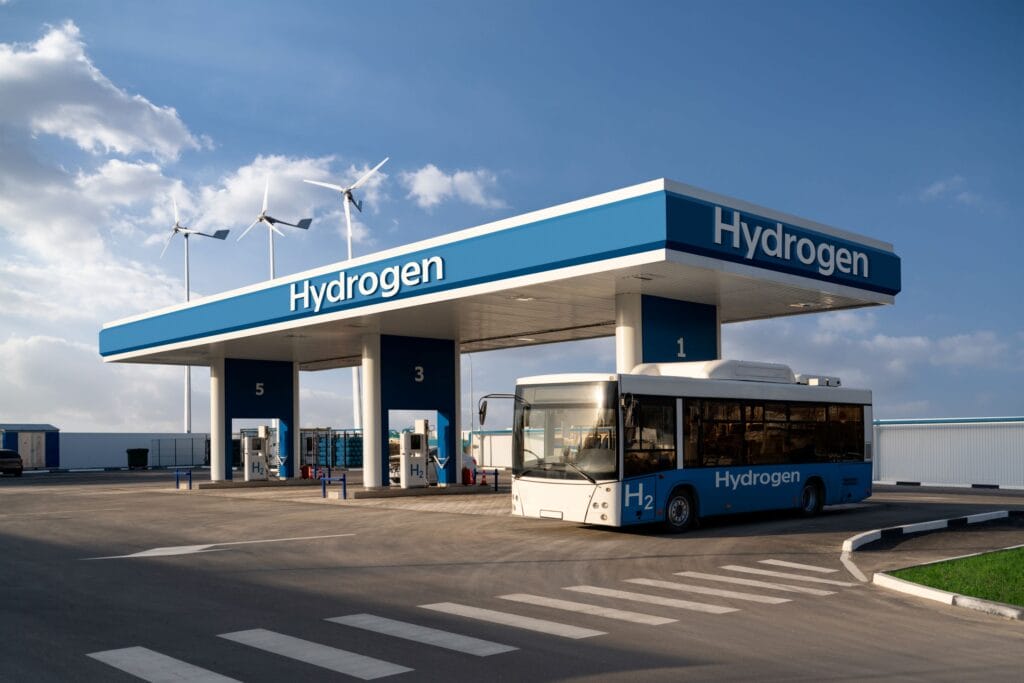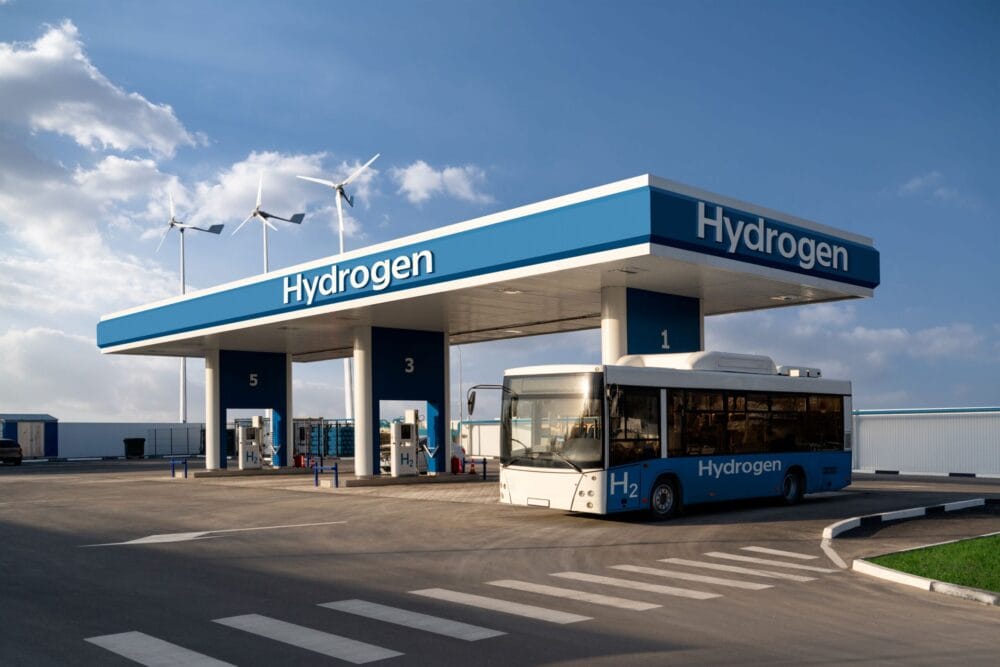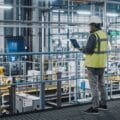~ Hydrogen fuel cells might power the next generation of buses ~
Laid end-to-end, the 203 billion passenger miles travelled by bus in the EU each year would stretch past Pluto, out of our solar system and into the foothills of interstellar space. Emission-free bus travel is a key milestone on the dual carriageway to Net Zero transport, but there are roadworks ahead, says Roger Brereton, head of sales at steering parts specialist, Pailton Engineering.
Bus travel accounts for over half of public transport journeys in Europe, according to the European Automobile Manufacturers’ Association (ACEA). And, despite most vehicles being powered by fossil fuels, it is also the lowest polluter per passenger mile. At over a quarter (26 per cent) of total UK emissions, transport is the largest contributor to domestic greenhouse gas emissions, according to Government statistics, and with so many miles travelled each year, decarbonising bus travel offers significant opportunities to reduce our emissions.
However, emission-free bus transport is more complicated than putting batteries in every bus. Unlike electric cars, often used for short journeys and charged slowly overnight, the next generation of buses and coaches must cover large distances with minimal stoppage time. Indeed, ACEA data suggests that only 1.4 per cent of buses currently on EU roads are plug-in battery powered.
Electric avenue
There is an alternative to battery-powered electric vehicles (BEV) that might be more suitable for buses: the hydrogen fuel cell powered electric vehicle (FCEV). Much like how petrol and diesel perform best in different applications, FCEVs offer certain benefits over BEVs that could be particularly advantageous to bus travel.
Most importantly, FCEVs enable instant refuelling. While charging a BEV for hours might be acceptable to the average owner plugging their car in overnight, it becomes increasingly unviable as journey distance increases. FCEVs rely on liquid hydrogen stored in a tank to create the electricity that powers them, rather than electricity stored in a battery, so can be filled up at a pump in a similar way to traditional vehicles, going from empty to full in a matter of minutes. However, instant refuelling depends entirely on ready access to an extensive network of hydrogen fuelling stations. Though this network is gradually expanding, stations are currently few and far between.

Fuelling infrastructure is one thing, but what about the actual supply of hydrogen? Despite being the most abundant substance in the universe, pure hydrogen can be tricky to get your hands on. On Earth, most is locked up in water or organic compounds. Unfortunately, the cheapest way to generate hydrogen is to use natural gas as a feedstock, releasing CO2 as a waste product — not very green.
The cleanest way to produce hydrogen is to split water into hydrogen and oxygen using electrolysis, but, ironically, most of the electricity used in this process currently comes from processes like burning coal. Using this ‘black hydrogen’ negates all the environmental benefits that formed the reason for FCEVs in the first place.
‘Green hydrogen’ from renewable energy still faces efficiency challenges. FCEVs need about three times more electricity per mile than BEVs, due to multiple conversion steps in hydrogen production wasting energy, while BEVs directly use electricity for charging.
On the other hand, scaling up renewable electricity production would make hydrogen cheaper and FCEVs more attractive. Liquid hydrogen could be produced where land and energy are abundant, but electricity demand is low, then transported as needed. Our home region, the West Midlands, is already investing in this option, planning to launch the UK’s largest fleet of hydrogen powered buses.
In an ideal world, BEVs and FCEVs would complement each other in decarbonising transport, ensuring cleaner air and a sustainable future for cities. Although there’s much progress to be made, decarbonised public transport is surely closer than interstellar space.
Pailton Engineering designs and manufactures steering components and full steering systems for the bus and coach sector. Find out more at pailton.com







